Draw with Your Brush

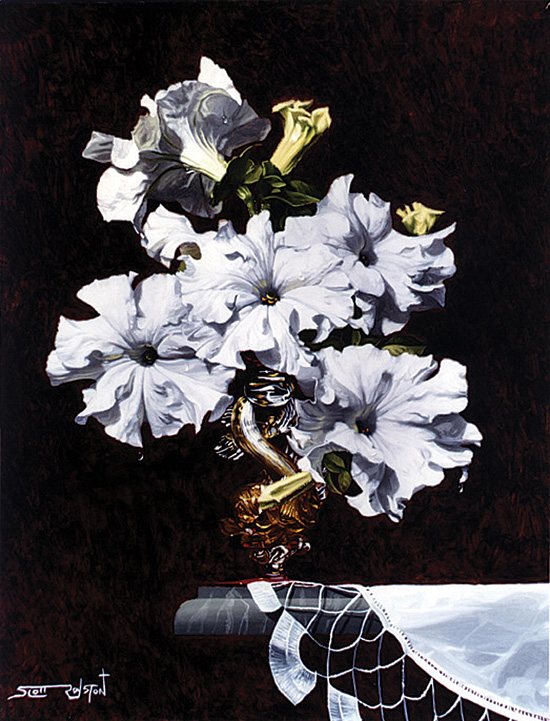 |
||
| White Radiance by Scott Royston, 2007, oil on canvas, 14 x 11. |
When Scott Royston sets his sights on flowers for one of his still life painting compositions, he isn’t drawn to tiny buds or small bouquets but expressive flora in full bloom. For him, painting flowers is a gradual process that starts with a rough sketch in his sketchbook and toning his canvas with an earth-colored pigment to pick up the warm tones of the flowers. His next steps make up an impromptu oil painting lesson that I want to share with you.
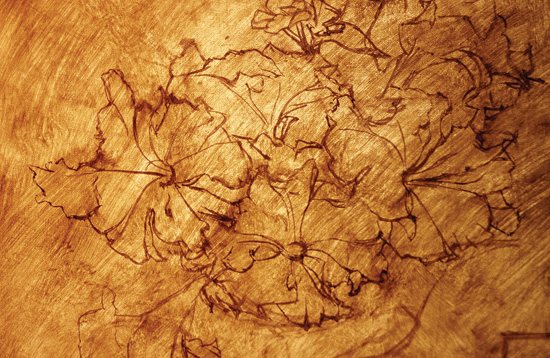 |
Draw with your brush. Royston dedicates most of his time creating an underpainting in which the forms are well delineated and easy to read. He uses a script brush dipped in green umber to draw the composition for this study of white petunias. The flowers are tightly rendered and detailed to scale even at this early stage. He then adds a medium to thin out the paint and block in the light and shadow areas. He shades the entire composition this way, in what we can think of as a “value-painting” stage. | |||
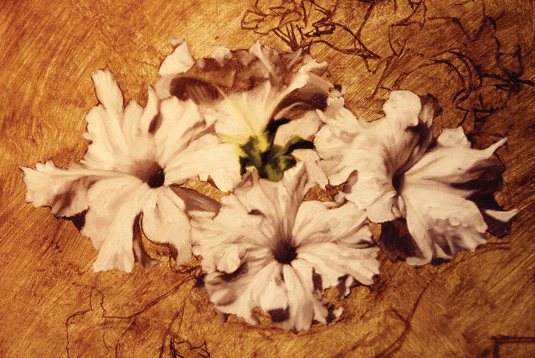 |
The white in shades of gray. Swapping to bristle brushes because they are strong and hold more paint, Royston applies his first layer of color. He adds medium to the shadow areas to make them more transparent and the lighter areas of the flower petals were painted with thicker paint. The fact that the flowers are white led Royston to work up their values in a mixture of titanium white and ivory black with titanium yellow for the reflected lights. He works outward on all the flowers in the foreground, and then goes back in for the foliage and stems. Before moving on, he uses a blending brush to knock back the hard edges that have built up, brushing lightly across the entire surface to even it out and smooth it down for another paint application. | |||
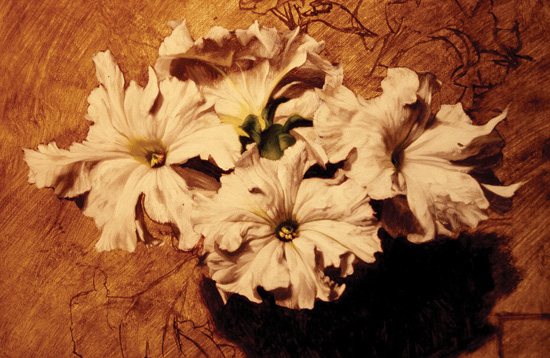 |
Details equal dimension. Switching to a mongoose brush at this refining stage, Royston uses titanium white and a little zinc for his whitest whites. Only now does he add in the little details—the center of the flowers—to give them dimension. By painting in a little background color for contrast, he blends the flowers and background together to unify the painting. | |||
Spending just a few minutes focusing on the progression of a painting makes all the difference to me when it comes time to pick up my brush. Royston’s process gave me a bird’s-eye view of how he brings a work to completion, as well as what goes into his crucial beginning stages. For more still life painting lessons that will build confidence and inspiration in you, Oil Painting with the Masters is available now. Enjoy!

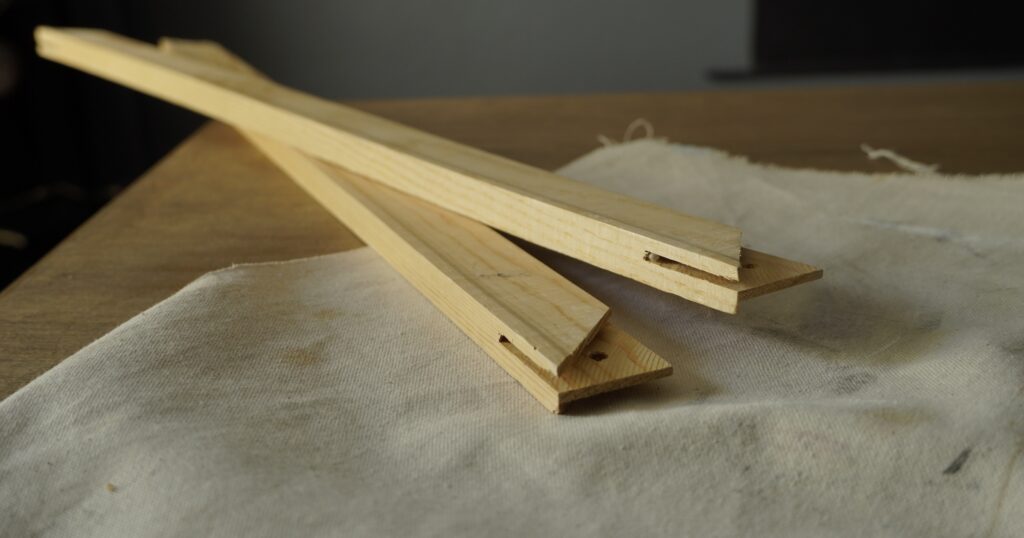
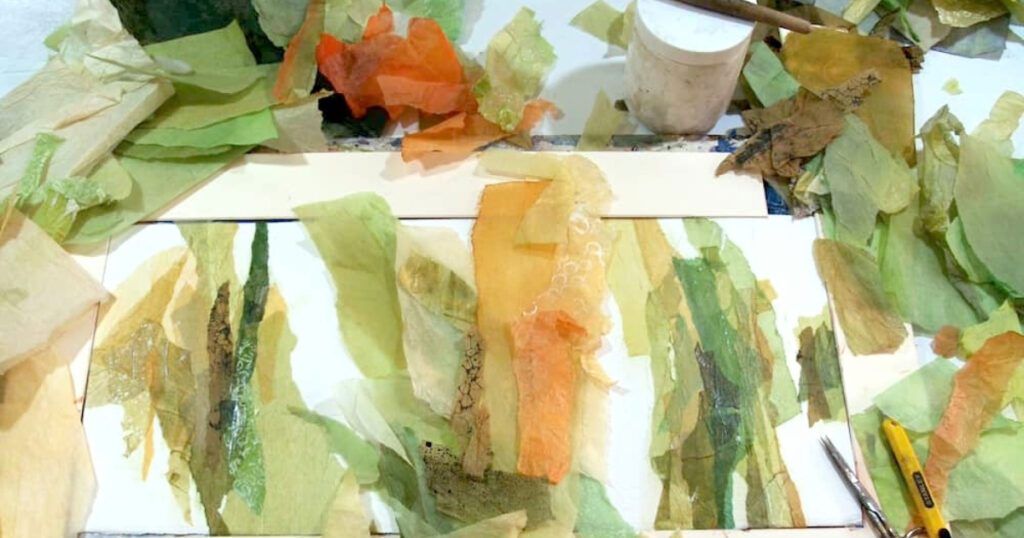
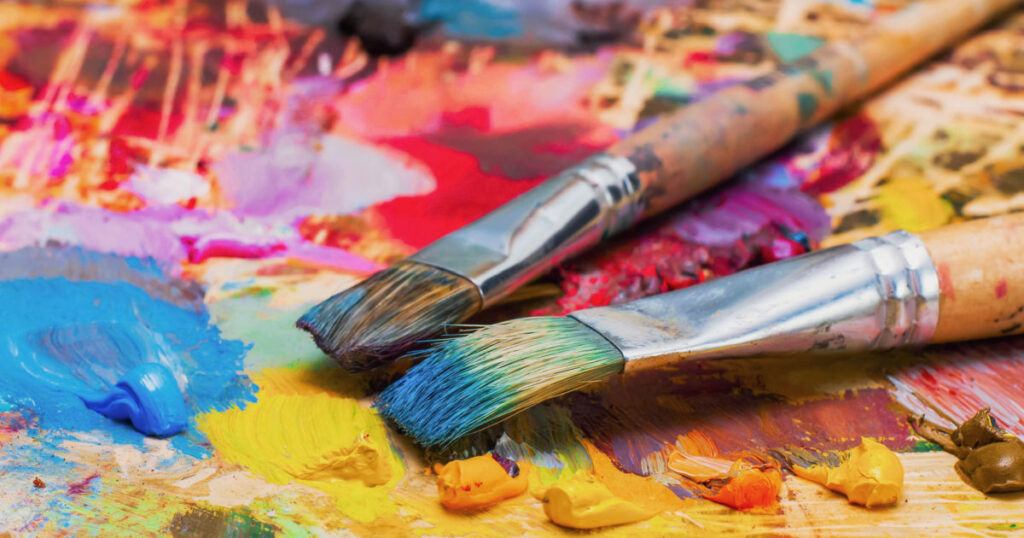
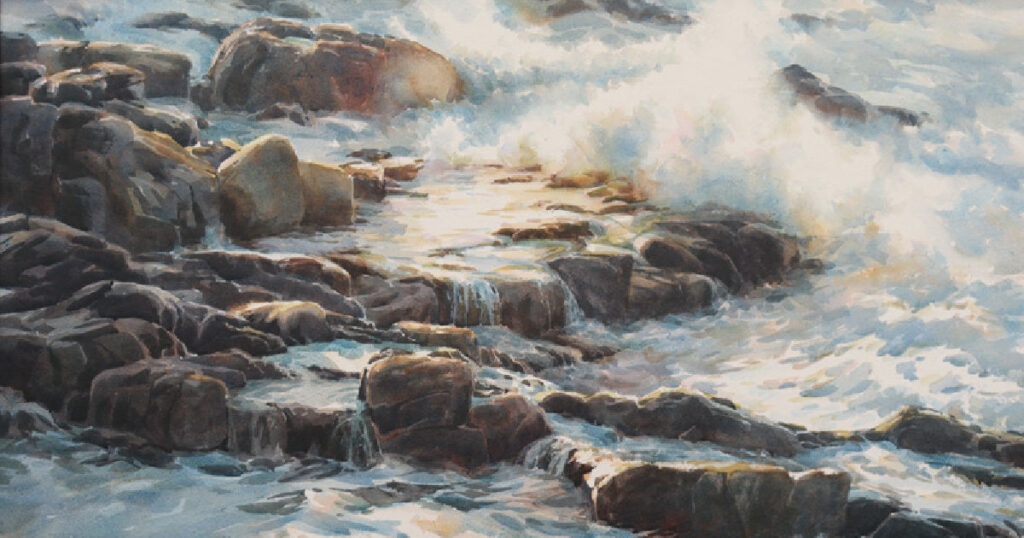
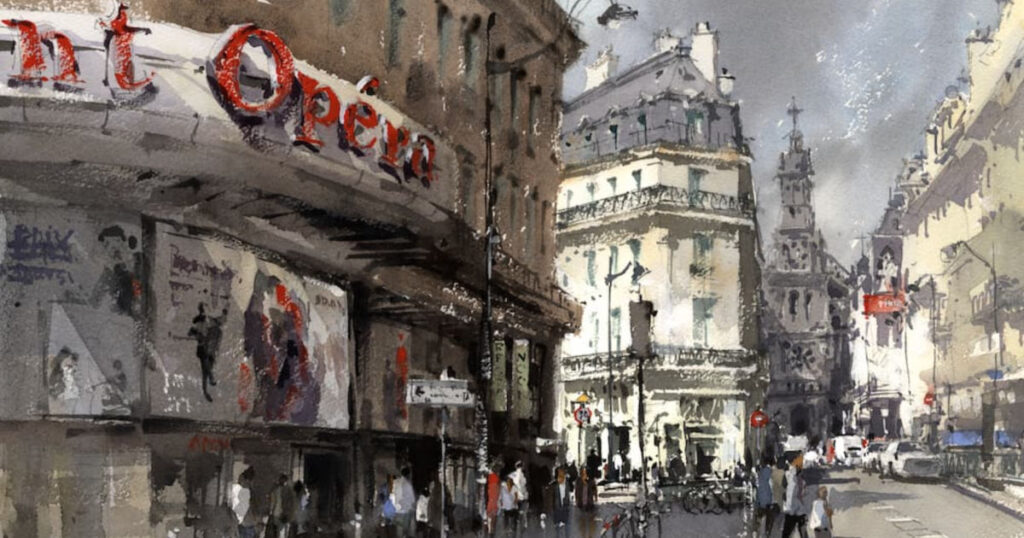
Have a technical question?
Contact UsJoin the Conversation!